While the Covid-19 pandemic, ensuing supply chain challenges, and additional supply constraints brought about by the Department of Commerce’s (DOC) anticircumvention investigation have all served as recent potholes in America’s road to a cleaner, more renewable power supply, the country is still driving to bring on-line more solar, wind, batteries, and all other forms of renewable generation.
And while renewable energy comes in a litany of forms and sizes, the most immediate impacts and greatest investments are being realized through the development and construction of large, utility-scale generation projects, like the Montague Solar Facility, a 162 MW project being constructed in Oregon, which is among the largest ever proposed in the state.
That project’s developer is Avangrid Renewables, a subsidiary of Iberdrola, and a major player when it comes to large-scale renewable in the United States. Headquartered in Orange, Conn., Avangrid owns approximately $40 billion in assets and operations in 24 US states, with more than 7 GW of owned and controlled wind and solar power facilities.
And while the company’s strength has historically been in wind development, this philosophy is evolving, as Avangrid’s new Onshore President and CEO, Jose Antonio Miranda, shared with pv magazine.
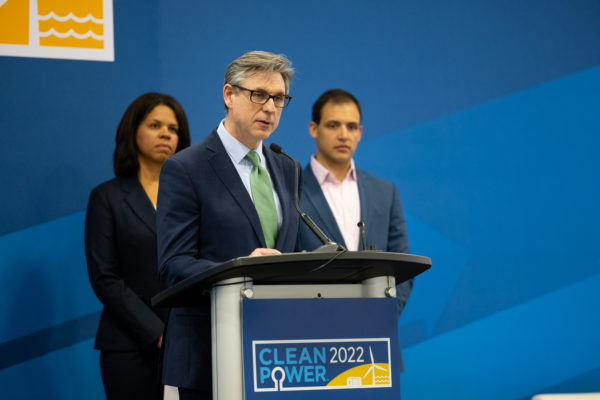
“Our expectation, in the next five years, is that we will be adding an important amount of solar projects, in order to balance our fleet,” Miranda said. “Our current solar pipeline is 14 GW, while our new, onshore wind portfolio is 3 GW, which is okay, but we also want to enlarge it, because wind has always a part of also our strength.”
While wind has been the company’s developmental bread and butter historically and solar has been a recent, strong addition to its US portfolio, Miranda shares that Avangrid is always looking to diversify, and to separate itself from any scenario where it leans on one resource far more than others.
“What we see in the future is more than just new megawatts absorbed, built and, operated. It is incorporating more battery storage and starting to incorporate hydrogen,” outlined Miranda. “Hydrogen is something that we are very, very keen on being the next frontier of renewables in the next few years.”
Hydrogen has become a top-down focus for both Avangrid and its parent company, Iberdrola, which is currently developing more than 60 projects in eight countries, including Spain, the United Kingdom, Brazil, and the United States. Iberdrola recently began operations at the company’s 20 MW green hydrogen plant in Puertollano, the largest facility of its kind currently operating in the world. The Puertollano plant will be able to produce up to 3,000 tons of green hydrogen per year, and includes an on-site solar facility.
On the battery storage side of things, Miranda said that his company is not so much interested in developing standalone solutions as it is pairing storage with other generation resources, a trend that is becoming the predominant one in many areas across the US, especially California.
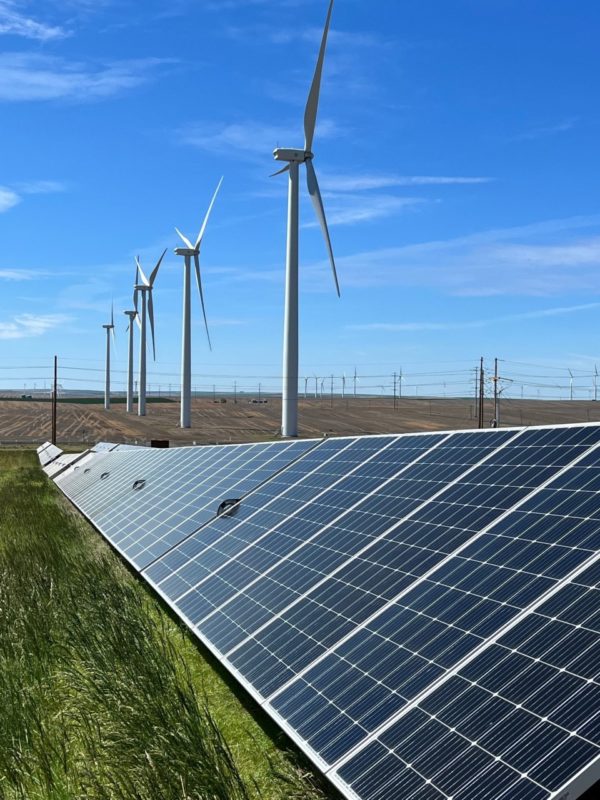
Image: Avangrid
“We are living in a very specific point in time, in terms of the cost of the lithium,” explained Miranda. “Essentially, the cost of lithium has increased quite a lot, and the industry expectations from some years ago regarding the production capacity we were supposed to have today, well, they are not coming to fruition because of these spiking costs. So that is something that is going to challenge the economics of battery storage, but it’s not changing the fundamentals of the battery storage. What’s fundamental is that we need to pair battery storage with our renewable resources in order to be able to even be more dispatchable and reliable.”
Miranda joined Avangrid in September 2021, and certainly could not have fully expected some of the turbulence that his tenure has already been greeted with. In addition to rising raw materials and component costs, the DOC anticircumvention investigation slowed large-scale solar development to a crawl. And while President Biden’s recent action to enact a 24-month tariff exemption on solar modules manufactured in Cambodia, Malaysia, Thailand and Vietnam, while also invoking the Defense Production Act, are expected to get development and construction back on track, Miranda shares that, even before this action, Avangrid was able to mitigate the potentially harmful aspects of investigation uncertainty.
“In our case, the impact of anticircumvention is not as deep as other players, because our approach to final investment decisions is very, very prudent and disciplined,” he explained. “And we do not approve investments and PPAs until we have all the pieces of the puzzle together. So yes, of course, we will see some projects, that were expected to be completed in 2023, may be impacted and delayed by anticircumvention, as is true with anyone in the industry, but in general terms, nothing material.”
Miranda joined Avangrid after leaving his role as CEO of onshore in the Americas region for Siemens Gamesa and chairman of its boards in the US, Mexico, and Brazil, an opportunity that he and those close to him feel gives him unique advantages in his new position.
An electrical engineer by trade, Miranda spent much of his early career in the transmission and distribution space, which helped give him an fundamental understanding of the grid and electric system at large. This understanding has helped to influence his overall strategy regarding renewable development.
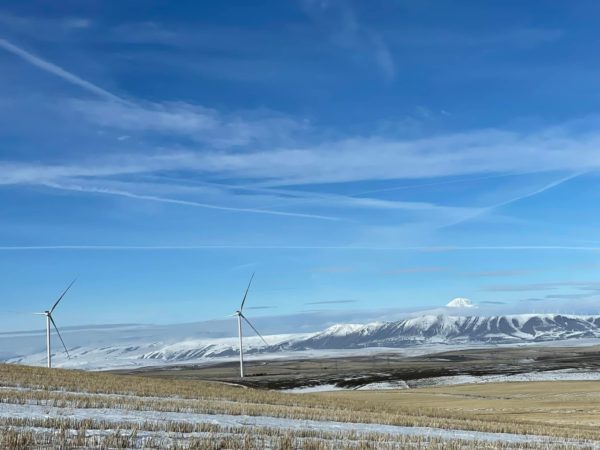
“I’ve worked in Europe, Asia, Latin America, and North America, which I think is pretty unique and I’m very proud of,” said Miranda. “Thinking and working in these different places and recognizing their needs allows you to tackle the issues in a different way. You have ways to correlate things and respond to situations. I have been lucky enough to see the industry across almost all the value chain. I had the opportunity to understand how the grids are operated and what they need. I went to the next step in the supply chain, which is the generation equipment, right, and now I see things as a developer and operator.”
This diverse knowledge of the global renewable energy landscape was recognized by Juan Ignacio Garcia de Motiloa, current senior vice president with Iraeta Energy in China and former Siemens Gamesa employee who worked under Miranda, as one of the critical aspects for Miranda’s success at Avangrid, coupled with his background in engineering.
“It’s very difficult to find someone with a combination of technical and management expertise,” explained Motiloa. Most of us, we are not technical people. We know general things about the machines, but Antonio, he’s an engineer himself: he fully understood the wind turbines, the generator, the gearbox, the blades, from day one. It’s very hard to b.s. him. I think this is very important, especially when you’re in front of clients, being able to defend products and strategies, from a technical point of view.”
This content is protected by copyright and may not be reused. If you want to cooperate with us and would like to reuse some of our content, please contact: editors@pv-magazine.com.
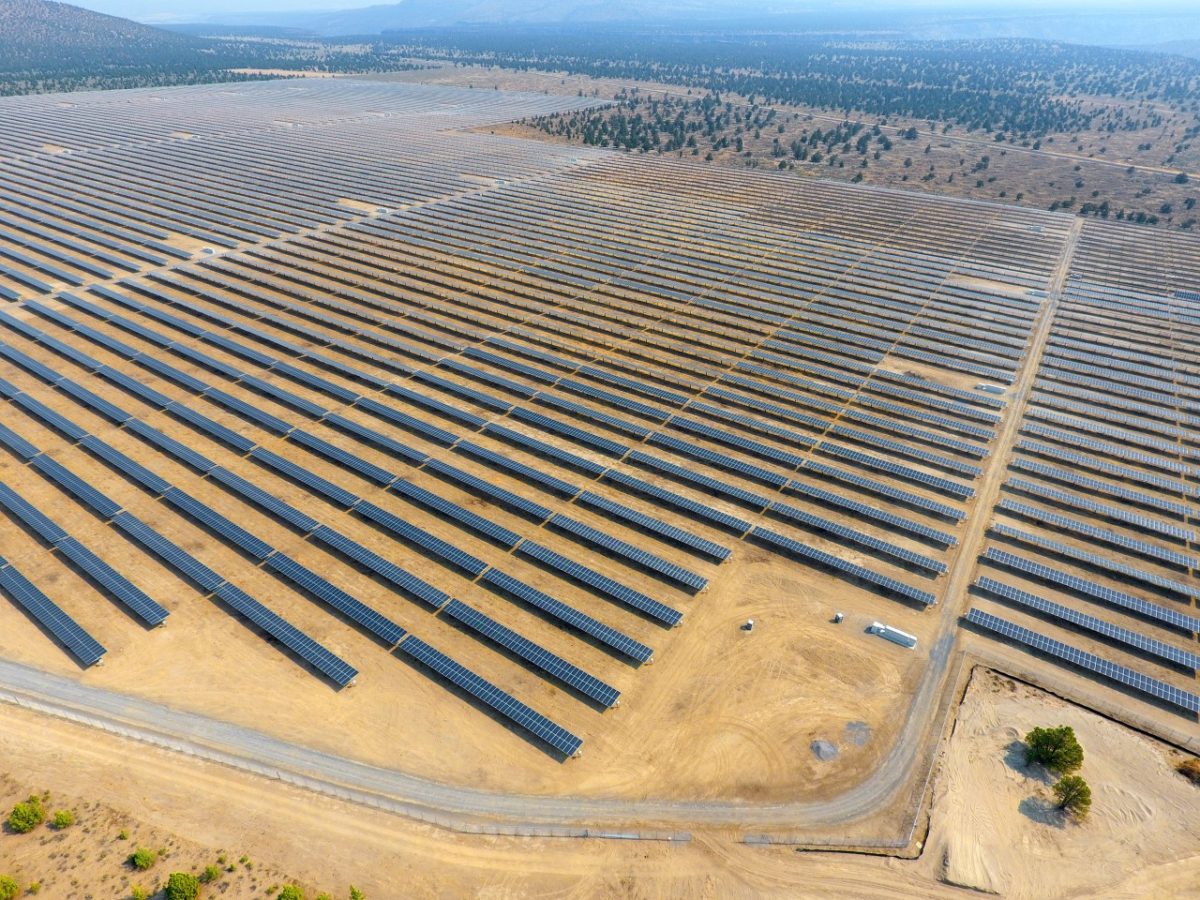




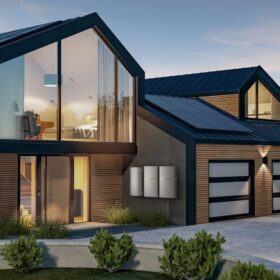
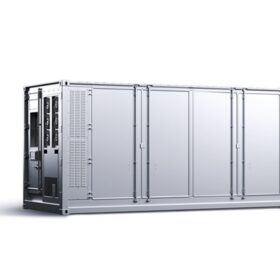

By submitting this form you agree to pv magazine using your data for the purposes of publishing your comment.
Your personal data will only be disclosed or otherwise transmitted to third parties for the purposes of spam filtering or if this is necessary for technical maintenance of the website. Any other transfer to third parties will not take place unless this is justified on the basis of applicable data protection regulations or if pv magazine is legally obliged to do so.
You may revoke this consent at any time with effect for the future, in which case your personal data will be deleted immediately. Otherwise, your data will be deleted if pv magazine has processed your request or the purpose of data storage is fulfilled.
Further information on data privacy can be found in our Data Protection Policy.